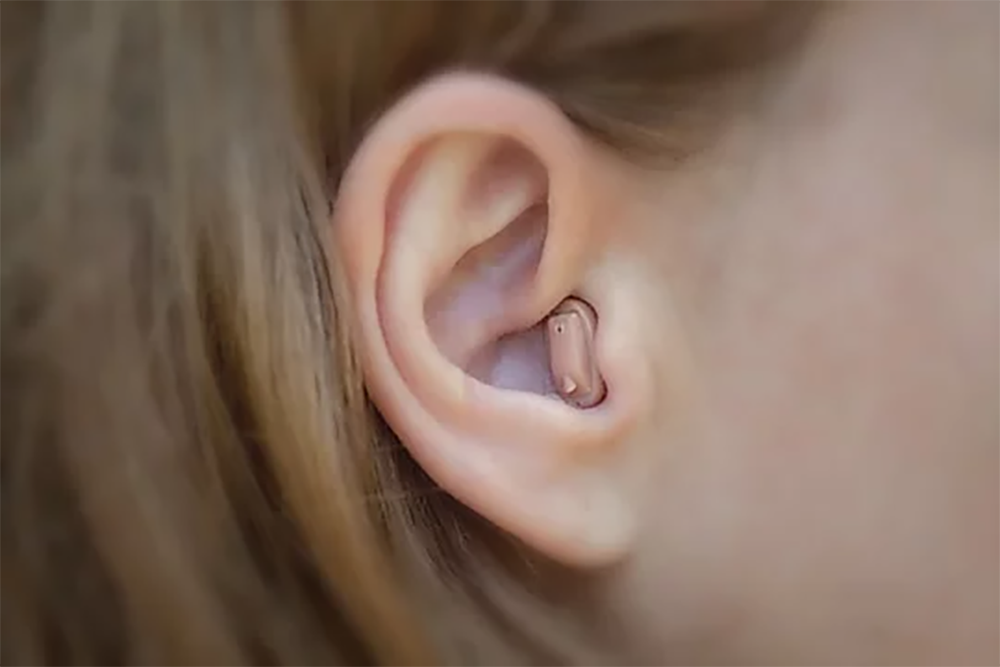Breaking the Sound Barrier: Sonic Boom in Tech World
The world of technology is constantly evolving, with new developments emerging at a staggering pace. One such development that has been making waves recently is the advent of sonic-based technologies. Not only has it helped the visually impaired in their day-to-day lives, but it also has potential applications in areas like data transmission and security. Let's delve into the fascinating story of sonic tech.

The Humble Beginnings of Sonic Tech
The idea of using sound to augment technology is not new. In fact, it dates back to the 19th century when scientists first discovered that sound waves could be converted into electrical signals, a process known as “transduction.” This discovery paved the way for the development of devices like microphones and speakers, which are now ubiquitous in our daily lives.
However, the potential of sound-based technology remained largely untapped until the late 20th century. It was then that researchers started exploring more advanced applications of sound, such as using ultrasound for medical imaging and sonar technology for underwater exploration.
Sonic Tech in the Present Day
Fast forward to today, and sonic tech has found its way into a variety of applications. One of the most notable is the use of sonic waves in assistive technology for the visually impaired. Devices like the SonicGuide and the UltraCane use ultrasound to detect obstacles, helping users navigate their surroundings more safely and independently.
In the realm of data transmission, companies are experimenting with the use of sound waves to send information. This technology, known as “data over sound,” has potential applications in areas like mobile payments and device pairing.
The Game-Changer: Sonic Authentication
One of the most exciting developments in sonic tech is its use in authentication. A startup called SlickLogin developed a technology that uses sound waves for two-factor authentication. When you try to log into a website, the site plays a nearly inaudible, unique sound. The sound is picked up by an app on your smartphone, which verifies your identity and logs you in. Google acquired SlickLogin in 2014, signaling its potential for widespread adoption.
The Sonic Future: What Lies Ahead?
With the increasing integration of sonic tech in our daily lives, it’s clear that this is only the beginning. From virtual reality to biometrics, the potential applications of sonic technology are vast and varied. For instance, researchers are exploring the use of ultrasound for touchless gesture control, which could revolutionize the way we interact with devices.
The Market Impact and Pricing
Given the wide range of applications, it’s difficult to estimate the exact price range of sonic technologies. However, it’s clear that the market potential is huge. According to a report by MarketsandMarkets, the global ultrasound market is expected to reach $8.4 billion by 2021, up from $6.9 billion in 2016.
The market for data over sound technologies is also expected to grow in the coming years, with companies like Google and Facebook showing interest in this area.
Conclusion
The sonic tech wave is just beginning to crest, and it’s clear that sound-based technologies have the potential to revolutionize various aspects of our lives. From assisting the visually impaired to secure authentication and innovative data transmission, the applications of sonic tech are both far-reaching and exciting. As we continue to push the boundaries of what’s possible with sound, we can expect to see more groundbreaking developments in the future. Indeed, the future of tech may be heard, rather than seen.




